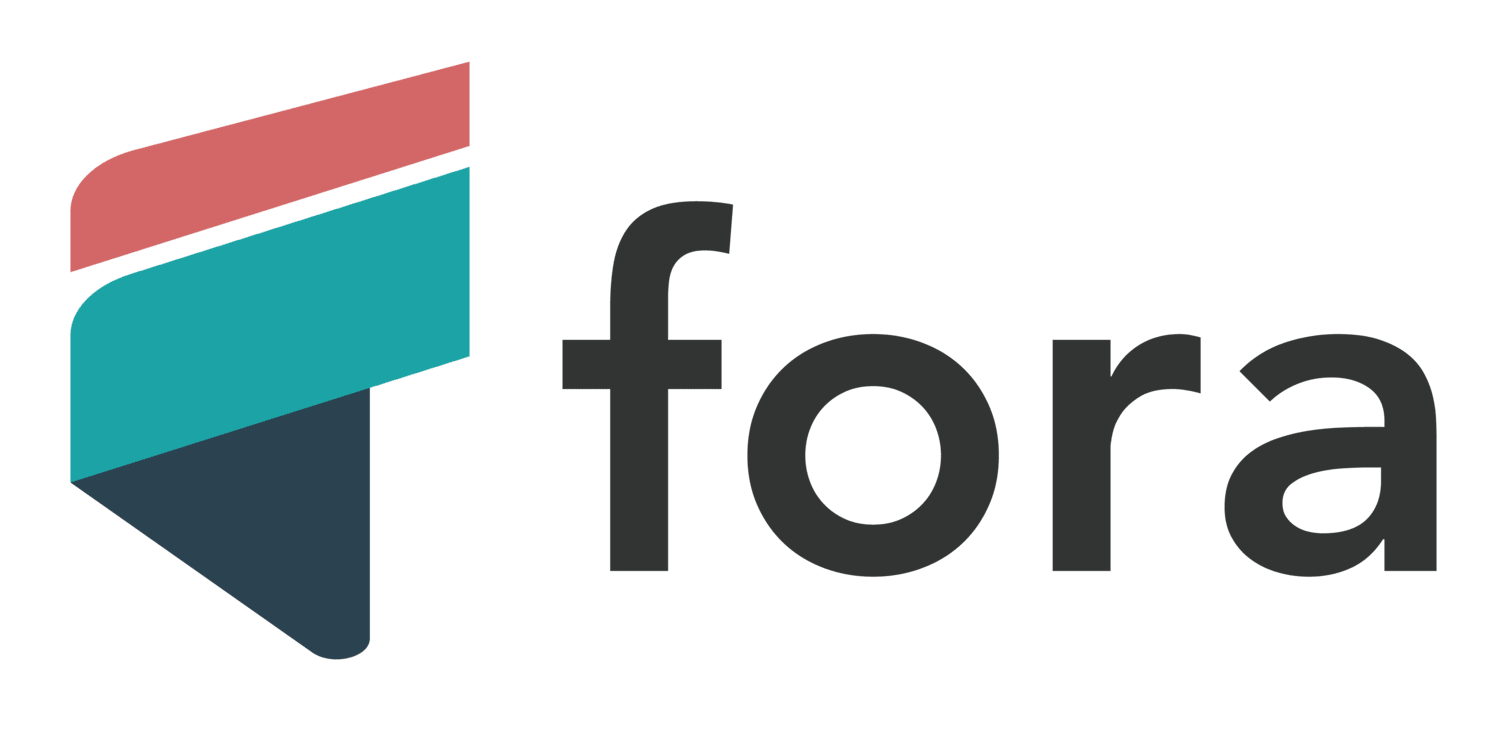Compare Lenders
Prime Loans: A Beginner’s Guide to Borrowing at Prime Rate
In today’s crazy financial world, prime loans are one of the best borrowing options available to qualified consumers. With competitive rates and flexible terms, understanding prime loans is key to making smart financial decisions that will impact your long term financial health. This guide covers everything you need to know about prime loans, from the basics to practical tips on managing your debt and maximizing the benefits of these preferred lending products.
What are Prime Loans
Prime loans offer competitive rates for borrowers with great credit, making them the most popular lending products in the market. These loans give you access to various credit products, including personal loans, lines of credit and mortgages, all at rates that can save you thousands of dollars over the life of the loan. Understanding prime loans is key to making informed borrowing decisions that align with your financial goals. Whether you’re buying a home, consolidating debt or funding a big expense, prime loans can give you the flexibility you need while minimizing interest costs. Prime loans can be used for personal and business purposes, so it’s versatile enough to accommodate many borrowing needs. Most major banks in Canada offer prime loan options, so you have plenty of choices when shopping for the best terms.
Prime Rate Explained
The prime rate is the foundation of variable rate lending in Canada and is the rate that banks and financial institutions offer to their best customers – typically those with excellent credit scores and strong financial profiles. Prime rates impact interest rates for many credit products, from mortgages and personal loans to lines of credit and credit cards. When you hear a loan is offered at “prime plus 1%†or similar terms, that means the interest rate is tied to the current prime rate plus an additional percentage based on the lender’s risk assessment. Changes in the prime rate can have far reaching effects on borrowing costs and credit availability in the economy. When prime rates go up, borrowing gets more expensive across the board and can slow down consumer spending and business investment. When prime rates go down, borrowing and economic activity picks up.The prime rate is set by individual banks but they usually move in tandem with each other. Their decisions are influenced by the Bank of Canada’s overnight rate which is the interest rate at which banks lend to each other for short term funding. When the Bank of Canada changes its overnight rate, commercial banks usually follow by changing their prime rates.
Prime Rates and Borrowers
For borrowers with variable rate loans, even small changes in the prime rate can have big effects on monthly payments and total cost of borrowing. When the prime rate goes up, borrowers with variable rate products will see their interest costs increase, potentially increasing their monthly payments or extending their repayment period. For example, on a $300,000 mortgage with a 25 year amortization, a 0.25% prime rate increase could add $40-$50 to your monthly payments. While that might seem small, over the life of the loan that’s thousands of dollars in additional interest costs. Fixed interest rates remain the same throughout the loan term, giving borrowers payment stability and protection against rate increases. However, fixed rate loans usually come with slightly higher initial interest rates than their variable rate counterparts, which is a premium for that certainty. Prime rates can also impact credit availability and the number of loan options in the market. During low prime rate periods, lenders may offer more competitive products and relaxed qualification standards. When prime rates are high, credit may become more difficult to get as lenders become more selective in their lending. Borrowers should regularly consider the impact of prime rate changes on their financial situation. Creating a budget that accounts for rate increases is key for those with variable rate loans so they can maintain their payment obligations even if rates go up unexpectedly.
Benefits of Borrowing at Prime Rate
Borrowing at prime rate gives you a suite of benefits that can improve your borrowing experience and overall financial position. The most obvious is access to competitive interest rates which means lower borrowing costs and potential savings of thousands of dollars over the life of your loan. Prime rate loans also tend to have more flexible repayment terms and options than non-prime products. Borrowers may have access to features like payment holidays, accelerated payment options or the ability to increase payments without penalties – all of which can give you financial flexibility.Many prime loan borrowers find they have more negotiating power with lenders. With a strong credit profile that qualifies them for prime rates, they can often get additional benefits beyond the interest rate, such as reduced fees, better prepayment options or enhanced service levels. Prime rate loans can be used for many purposes, making them versatile financial tools. From debt consolidation that simplifies multiple payments into one lower interest loan to big purchases or home renovations, these loans give you financial flexibility while minimizing interest costs. Another big advantage is reduced long term interest costs. For example, a $25,000 loan at prime rate might save you $2,000-$4,000 in interest over a 5 year term depending on the rate differential.
Interest Rate Changes
Interest rate changes are one of the biggest factors that affect the cost of borrowing, especially for those with prime loans tied to variable rates. These changes can impact everything from your monthly payment to the total interest paid over the life of your loan. Prime rate changes affect variable interest rate loans usually within a month of the rate announcement. When the Bank of Canada raises its overnight rate, banks follow by increasing their prime rates and then it trickles down to consumer loan products tied to these rates. Borrowers should stay informed about potential interest rate changes by following economic news and Bank of Canada announcements. Understanding the factors that influence rate decisions – inflation, employment figures, overall economic growth – can help you anticipate changes and plan accordingly. Rate changes can have different impacts depending on the structure of your loan. For mortgages with variable rates, lenders might adjust either your payment amount or your amortization period, potentially extending the time to pay off your loan if rates increase significantly. Interest rate changes are influenced by a complex interplay of economic factors and market conditions. Global economic trends, domestic economic indicators, inflation rates and central bank policies all contribute to the environment in which interest rates are determined.
Prime Loan Options
Prime loan options include a wide range of financial products to meet different borrowing needs and preferences. Variable rate loans offer interest rates that move with the prime rate, potentially saving you money during periods of stable or declining rates. These loans usually start with lower interest rates than fixed rate options.Fixed rate loans, on the other hand, have the same interest rate for the entire loan term, providing payment stability and protection against rate increases. While these loans may have slightly higher rates, they offer predictability that many borrowers prefer, especially in uncertain economic times. Borrowers can choose from a range of loan terms and repayment options, from short-term loans of one to three years to longer commitments of 25 years or more for mortgages. Shorter terms have lower interest rates but higher monthly payments, while longer terms spread payments out but increase total interest costs. Prime loans can be used for personal and business purposes. Personal prime loans might fund home renovations, vehicle purchases or debt consolidation, while business prime loans could fund expansion, equipment purchases or working capital needs. Availability and terms of prime loan options vary greatly depending on the lender and market conditions. Major banks, credit unions and online lenders may all offer competitive prime loan products but with different qualification requirements, fees and additional features.
Apply for a Prime Loan
Borrowers can apply for a prime loan through various financial institutions including traditional banks, credit unions and online lenders. The application process requires comprehensive financial information and credit history review so lenders can assess risk and determine eligibility for prime rates. The documentation required for prime loan applications is substantial. Lenders will ask for proof of income (pay stubs or tax returns), employment verification, information about existing debts and a detailed credit report. Self-employed borrowers may have additional documentation requirements to verify their income stability. For secured prime loans like mortgages or auto loans, borrowers may need to provide collateral or a down payment. The value of this security affects both loan approval odds and interest rate offered, with larger down payments resulting in better terms. Working with a financial advisor can be very helpful when applying for a prime loan. They can help you understand lender requirements, prepare your application package and identify the loan products best suited to your financial situation and goals. Applying for a prime loan requires careful planning. Before submitting an application, review your credit report for errors, gather all necessary documents and consider your budget constraints to make sure you’re applying for the right loan amount you can afford to repay.
Loan Approval and Renewal
Loan approval is based on creditworthiness and financial stability. Lenders assess factors such as credit score, income level, employment history, debt-to-income ratio and payment history to determine if an applicant qualifies for prime rates. Borrowers need to meet certain minimum requirements to access prime loans. While these vary by lender, common thresholds include credit scores above 700, two years or more employment history and debt-to-income ratios below 40%. Loan renewal options may be available when your term ends, depending on your lender’s policies and your payment history. Some loans automatically renew at current market rates while others require a new application and approval process. Mortgages for example come up for renewal at the end of their term (often 3-5 years) allowing borrowers to renegotiate rates and terms. Before renewing any loan, review the terms and conditions carefully. Renewal periods are an opportunity to negotiate better rates, adjust payment structures or even switch to a different lender if better terms are available elsewhere. The loan approval and renewal process can vary greatly depending on the lender and loan type. Working with experienced financial professionals can help you understand all your options and get the best terms for your situation.
Paying Off a Prime Loan
Borrowers can pay off a prime loan through regular scheduled payments that include both principal and interest. Each payment reduces the outstanding balance and moves you closer to loan completion and financial freedom. Consider making extra payments when you can. Most prime loans allow additional payments to the principal without penalties so you can pay off the balance faster and save on interest costs. Even small extra payments can make a big difference in the total interest paid and loan term. Some borrowers may be able to negotiate a customized payment plan with their lender if their financial situation changes. Options might include temporary payment reductions, interest-only periods or extended amortization schedules but these come with long-term cost implications. Paying off a prime loan requires discipline and a solid financial plan that prioritizes debt reduction. Create a visual tracking system to help you stay motivated by seeing your progress towards being debt free. Before making any significant changes to your payment strategy review your loan agreement carefully. Some loans may have prepayment penalties or restrictions especially for fixed rate products where lenders count on receiving a certain amount of interest income.
Economic Factors and Borrowing
Economic factors such as inflation and interest rates can have a big impact on borrowing and decisions. Inflation erodes purchasing power over time so fixed rate loans may be more attractive during periods of rising prices. Conversely during low-inflation environments variable rate loans may be more cost effective. Changes in the overall economy can affect credit availability as financial institutions adjust their lending practices. During economic downturns lenders tighten their qualification standards and may reduce the availability of prime loan products making it harder for borrowers to get prime rates. Borrowers should stay informed about economic trends and their impact on lending. Follow Bank of Canada reports, economic news and financial analysts to get insights into future interest rate and credit availability movements. Economic factors can impact the prime rate through the central bank’s policies. The Bank of Canada adjusts its overnight rate based on economic indicators such as GDP growth, unemployment rates and inflation and these changes typically pass through to prime rates and consumer lending products. Before making big borrowing decisions consider the current economic landscape and projections. Timing your borrowing during favorable economic conditions can save you thousands in interest costs and get you better loan terms.
Alternative Loans
Alternative loan options from private lenders or financial technology companies may be available when traditional prime loans aren’t. These alternatives have different qualification standards that can accommodate borrowers with unique financial situations or credit challenges. Borrowers should review the terms and conditions of alternative loans carefully and pay attention to interest rates, fee structures and repayment terms. Alternative lending products come with higher costs to offset the increased risk taken by the lenders. Alternative loan options may have higher interest rates or fees than traditional prime loans. But they can provide access to credit for borrowers who need financing but don’t qualify for bank prime rates due to credit history issues or other factors. Consider alternative loan options if traditional prime loans aren’t available or don’t meet your needs. Credit unions for example sometimes have more flexible lending criteria than major banks and still offer competitive rates. Alternative loan options can be stepping stones to qualifying for prime loans in the future. By managing an alternative loan product successfully borrowers can improve their credit profiles and become eligible for better lending terms. Understanding prime loans and prime rates is key to making informed borrowing decisions that align with your financial situation and goals. These loans offer big benefits for qualified borrowers including competitive rates and flexible repayment options that can save thousands over the life of a loan. Borrowers should review the terms and conditions of any prime loan offer carefully and pay attention to interest rate structures, fee schedules and repayment requirements. Take the time to understand these details to choose the loan product that best suits your needs and minimizes costs. Prime loans can get you competitive rates and flexible repayment options making them valuable tools for personal and business purposes. Whether you’re buying a home, consolidating debt or funding a big expense, prime-rate borrowing is better than alternatives with higher interest costs. Working with a financial advisor can provide guidance throughout the borrowing process from research to application to repayment and loan satisfaction. They understand the lending products and can help you navigate complex decisions. Stay informed about economic trends and their impact on borrowing costs to make timely and smart borrowing decisions. By understanding how prime rates are determined and how they affect your loans you can develop effective debt management strategies and achieve your financial goals.
Explore more
Why Choose Smarter Loans?

Access to Over 50 Lenders in One Place

Transparency in Rates & Terms

100% Free to Use

Apply Once & Get Multiple Offers

Save Time & Money

Expert Tips and Advice


























